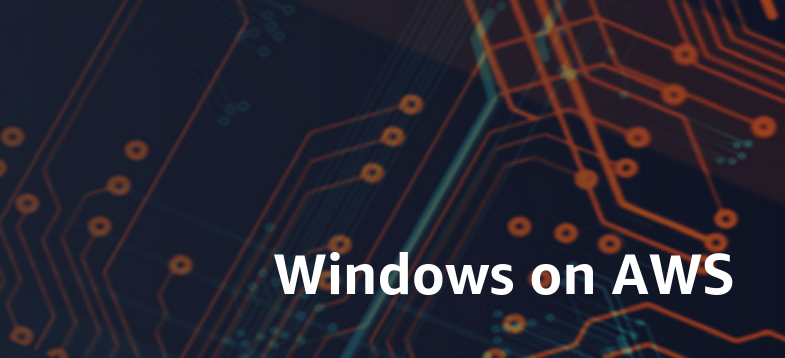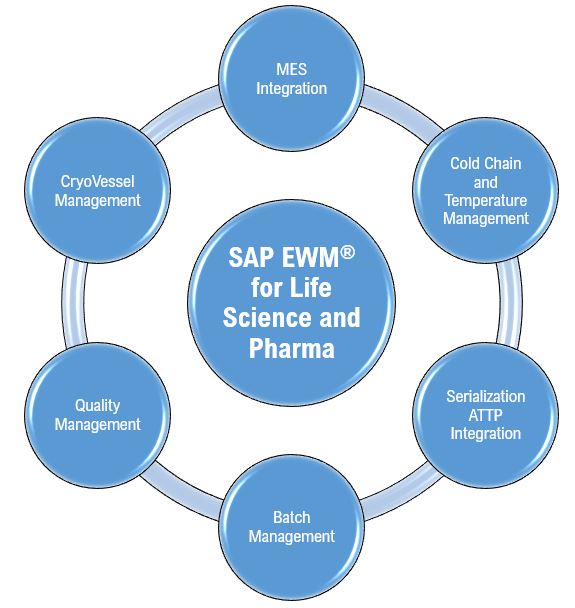In the rapidly evolving IT industry, project management plays a vital role in bridging the gap between technical teams and business goals. As an IT project manager, operational experience goes beyond just managing timelines and resources. It involves a deep understanding of IT infrastructure, service delivery, and continuous optimization of processes to ensure seamless project execution.
Managing IoT projects involving Manufacturing Execution Systems (MES), Manufacturing Integration and Intelligence (MII), or Operational Technology (OT) networks requires a blend of technical knowledge, project management expertise, industry-specific insights and coordination between IT and OT teams
To ensure such project’s success here are some learnings and best practices from a practitioner’s perspective,
1. Comprehensive Project Planning
1.1 Define Clear Objectives and Scope
• Align project goals with business objectives, such as improving operational efficiency, reducing downtime, or enhancing data visibility.
• Define the project scope, including boundaries for MES/MII features, OT network integrations, and deliverables.
1.2 Assemble a Multifaceted Team
• Include experts from IT, OT, engineering, and production teams to bridge gaps between IT and OT domains.
• Engage stakeholders early, including plant managers, operators, and vendors.
1.3 Develop a Realistic Timeline
• Account for lead times for hardware procurement, software development, and testing phases.
• Incorporate contingency time for unexpected delays, such as equipment failures or data integration issues.
2. Stakeholder Engagement and Communication
2.1 Facilitate IT/OT Convergence
• Act as a link between IT (data, cloud, cybersecurity) and OT (processes, control systems) teams.
• Ensure both teams understand the project’s technical and operational needs.
2.2 Establish Clear Communication Channels
• Use project management tools like Jira, Asana, or MS Project to track progress and maintain transparency.
• Schedule regular status meetings and provide updates to stakeholders.
3. Technical Planning and Integration
3.1 Perform System Audits
• Audit existing MES/MII systems and OT networks to understand compatibility and upgrade requirements.
3.2 Ensure Scalable System Architecture
• Design systems to support future growth (e.g., adding new production lines or analytics tools).
3.3 Address Data Integration Challenges
• Ensure seamless data flow between MES/MII, ERP systems (e.g., SAP), and OT networks.
4. Pilot Testing and Phased Implementation
4.1 Conduct Pilot Programs
• Start with a single production line, plant area, or equipment group to validate the solution.
• Use pilot feedback to refine configurations and processes before full-scale deployment.
4.2 Phased Rollout
• Implement the system in phases to minimize disruptions.
• Monitor each phase to identify issues early and adjust subsequent rollouts.
5. Training and Change Management
5.1 Workforce Training
• Provide training tailored to different user groups (e.g., operators, IT staff, managers).
• Include sessions on MES/MII features, OT network basics, and troubleshooting.
5.2 Manage Resistance to Change
• Communicate the benefits of the project to all stakeholders.
• Address concerns about job roles or process disruptions with clear, empathetic messaging.
6. Continuous Monitoring and Optimization
6.1 Define KPIs
• Track metrics like overall equipment effectiveness (OEE), downtime, mean time to repair (MTTR), and data accuracy.
• Use these KPIs to measure project success and guide improvements.
6.2 Real-Time Monitoring
• Implement tools for monitoring the performance of MES/MII systems and OT networks.
• Set up automated alerts for anomalies or failures.
6.3 Plan for Updates and Maintenance
• Establish processes for regular system updates, patches, and upgrades.
• Budget for ongoing maintenance to ensure system reliability.
7. Adopt Agile and Flexible Practices
• Use agile methodologies to adapt quickly to changing requirements or unforeseen challenges.
• Conduct regular retrospectives to evaluate project progress and refine approaches.
8. Document Everything – most important
• Maintain detailed documentation for system design, configurations, workflows, and troubleshooting guides.
• Provide user-friendly manuals for operators and IT/OT teams.
By adhering to these best practices or trying to adopt them, IoT project managers can effectively handle the complexity of MES/MII and OT network projects, en








